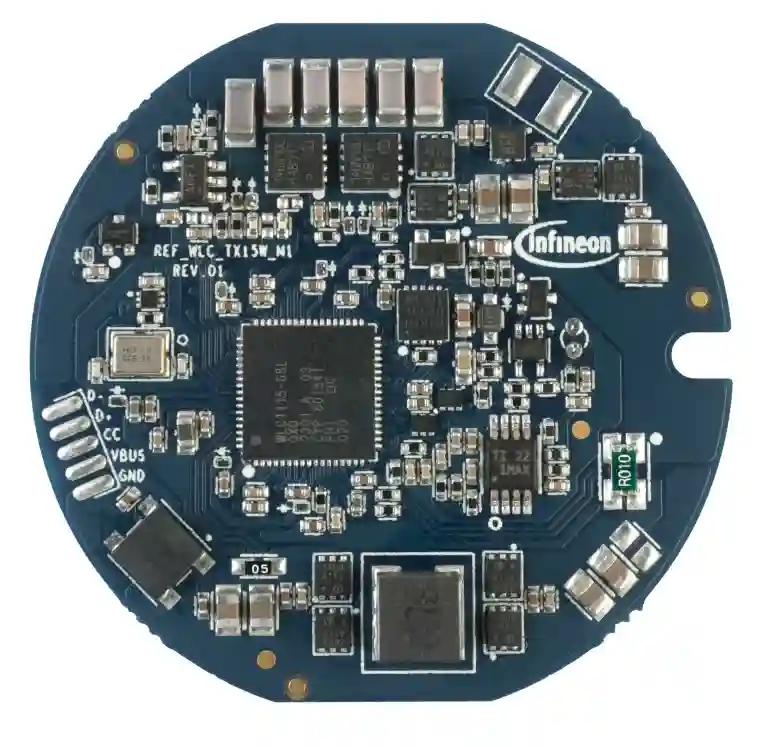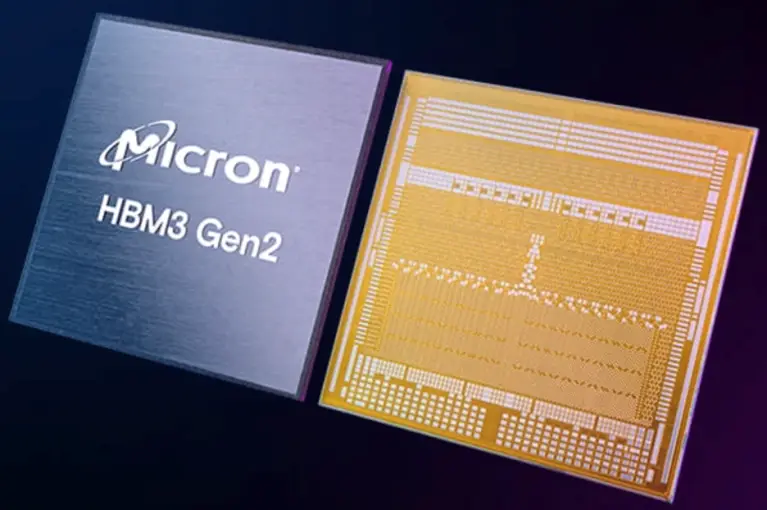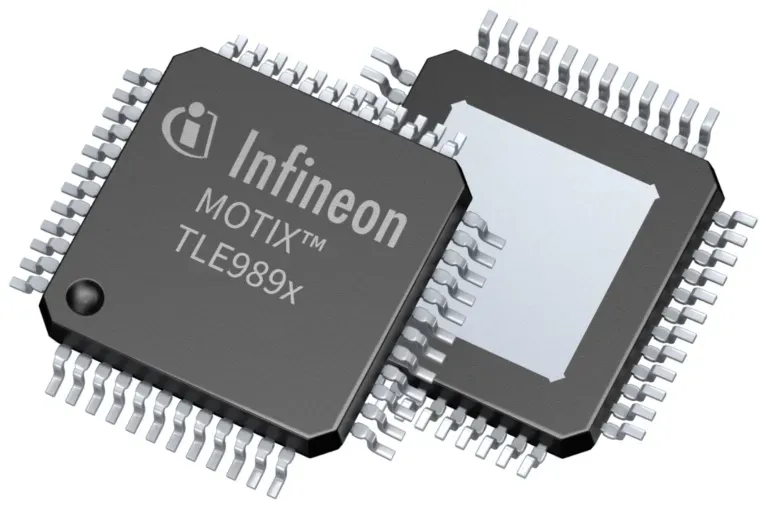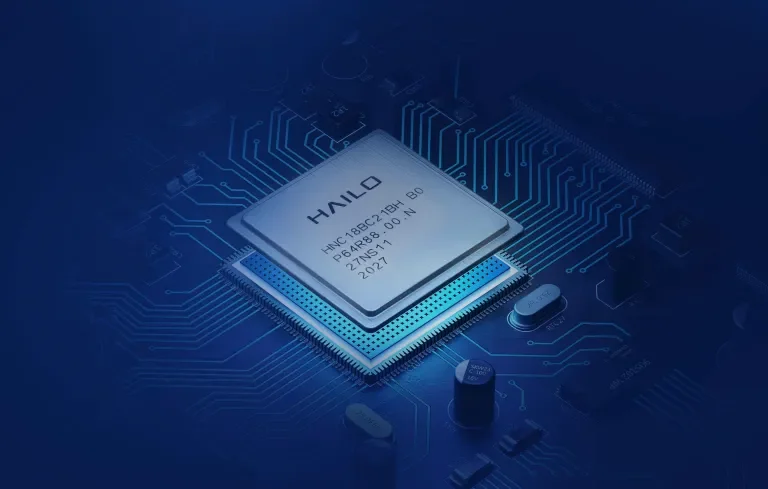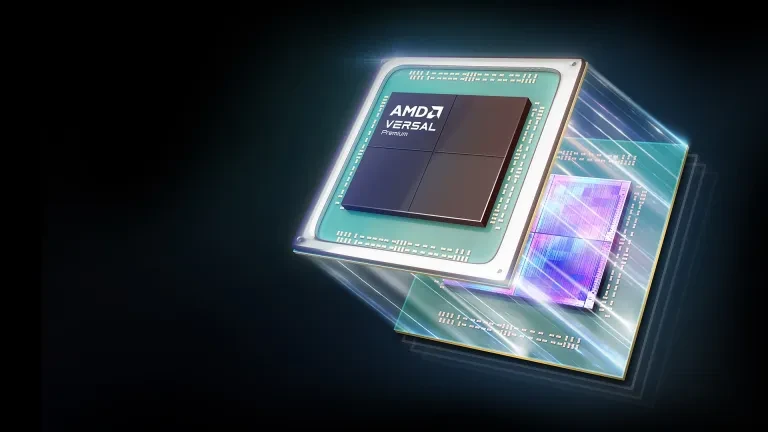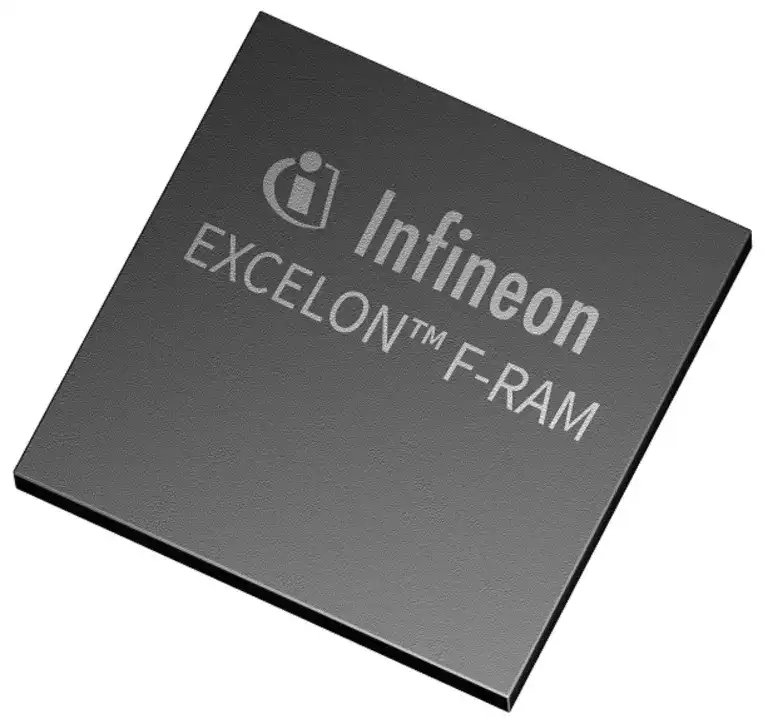
Nordic Semiconductor has announced the nRF54H20 multiprotocol system-on-chip (SoC), the first device in the nRF54H Series. The multiprotocol SoC combines the processing efficiency and performance necessary for advanced IoT end products, said Nordic.
Nordic claims that the ultra-low power SoC offers best-in-class multiprotocol radio and state-of-the-art security. Target applications include industrial automation and healthcare monitoring, advanced wearables, smart home devices and other devices using machine learning (ML), edge processing or sensor fusion.
The nRF54H20 SoC features multiple Arm Cortex-M33 processors and multiple RISC-V coprocessors optimized for specific workloads. In addition, other processors in the SoC can assist with application processing to increase the SoC’s overall processing performance. The SoC also reduces design size by replacing multiple external components.
With the processing power needed for advanced IoT applications integrated into a single low-power wireless SoC, the nRF54H20 provides a new design approach for developers. “A separate general-purpose MCU and an additional wireless SoC can be replaced with one compact SoC,” Nordic said. This enables IoT end products that are smaller, consume less energy, and offer less design complexity.
Other features include a reduced battery size or prolonged battery life based on the SoC’s processing efficiency, ultra-low power radio and minimal sleep currents; and a multiprotocol radio with 10-dBm TX power and -100-dBm RX sensitivity for Bluetooth LE and -104 dBm for 802.15.4. Security features include secure boot, secure firmware update, secure storage, and protection against physical attacks.
The processor can be optimized for processing efficiency or performance. Nordic used the EEMBC ULPMark-CoreMark benchmarks for maximum processing efficiency or performance, with CoreMark as the workload, achieving the following scores:
Configured for maximum processing efficiency: ULPMark-CM score of 170 with 515 CoreMark. See “Energy, Best Voltage” column in ULPMark-CM score table.
Configured for maximum processing performance: ULPMark-CM score of 132 with 1290 CoreMark. See “Performance” column in ULPMark-CM score table.
The nRF54H20 offers a combination of processing efficiency and performance, where most processors are optimized for one and not both attributes, said Nordic, allowing designers to take advantage of the combination by dynamically changing between configurations.
The nRF54H20 is currently sampling to select customers.



